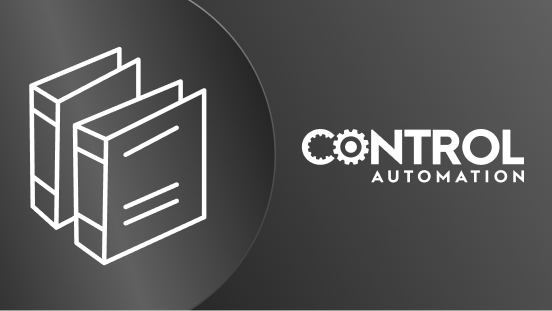
“Radio” systems use electromagnetic fields to communicate information over long distances through…
Textbook

The dispersion of visible light into its constituent colors goes all the way back to the 17th century with…
Textbook

A chemical reaction resulting in a net release of energy is called exothermic. Conversely, a chemical reaction…
Textbook

In contrast to quantitative tuning procedures where definite numerical values for P, I, and D controller…
Textbook

Perhaps the simplest form of solid or liquid level measurement is with a float: a device that rides on the…
Textbook

A special type flowmeter suited for powdered or granular solids is the weighfeeder. One of the most common…
Textbook

Control valves are supposed to deliver reliable, repeatable control of process fluid flow rate over a wide…
Textbook

Circuit breakers used in residential, commercial, and light industrial service are self-tripping devices: they…
Textbook

Cyber-security seems to have its own vocabulary, ranging from unwieldy technical acronyms to slang terms…
Textbook

The following animation shows how a radio-energy pulse travels down and then up the waveguide of a guided-wave…
Textbook

Given the ability of pressurized fluids to transmit force over long distances, it is not surprising that many…
Textbook

Calculus has a reputation for being difficult to learn, and with good reason. The traditional approach to…
Textbook

The following animation shows a rotating phasor in three-dimensional form. The phasor rotates in a complex…
Textbook

To summarize some of the key points and concepts for teaching: Do not waste class time transmitting facts to…
Textbook

pH is the measurement of the hydrogen ion activity in a liquid solution. It is one of the most common forms of…
Textbook

Steam boilers are very common in industry, principally because steam power is so useful. Common uses for steam…
Textbook

In the United States, the most common language used to program PLCs is Ladder Diagram (LD), also known as…
Textbook

Nearly every technical course teaches and tests students on definitions, basic concepts, and at least some…
Textbook

Capacitance Any two electrical conductors separated by an insulating medium possess the characteristic called…
Textbook

For better or worse, there are no fewer than three different forms of PID equations implemented in modern PID…
Textbook

A limit switch detects the physical motion of an object by direct contact with that object. An example of a…
Textbook
